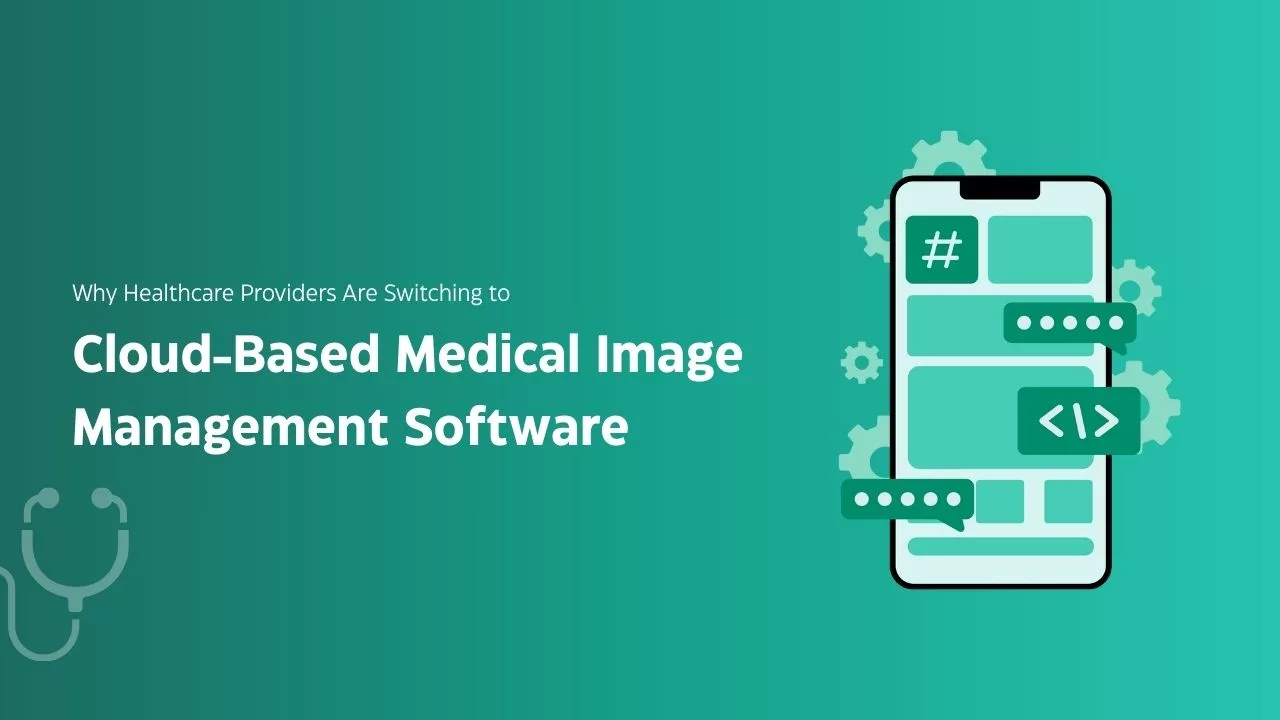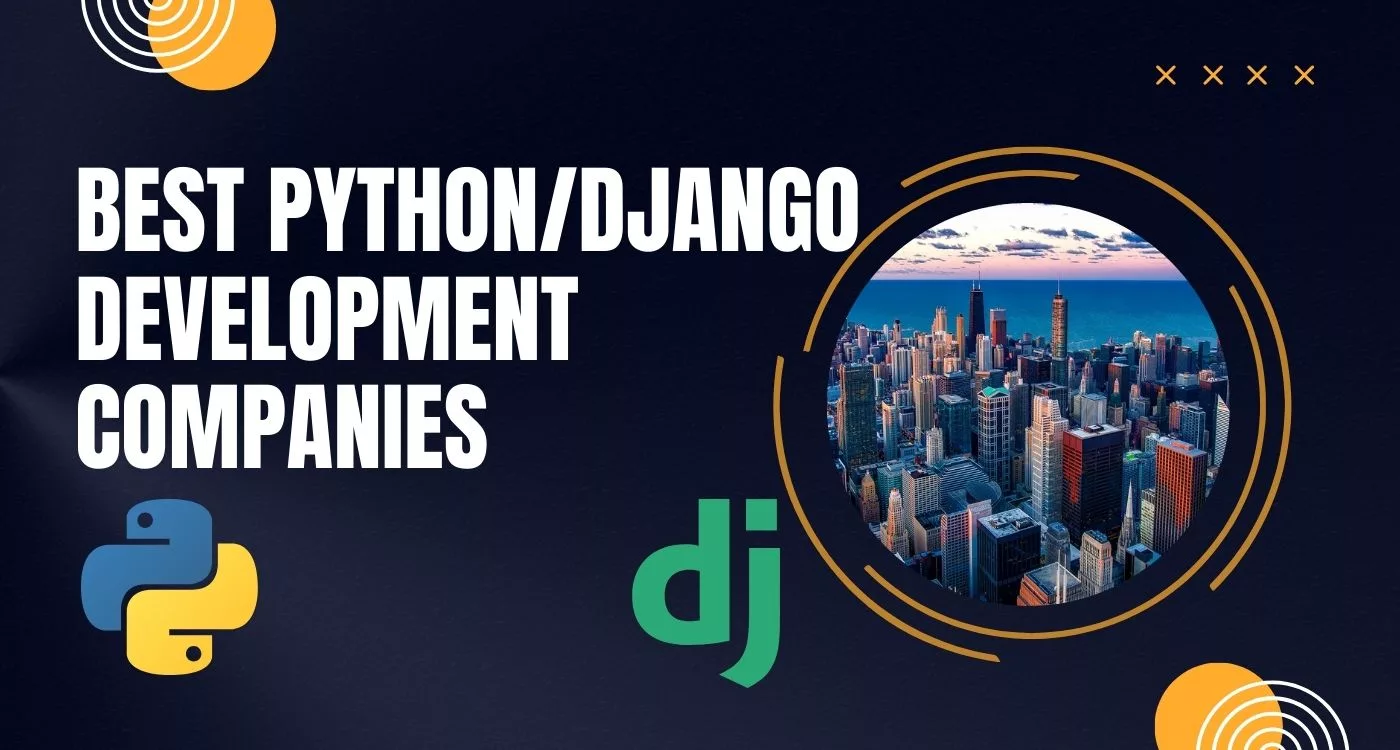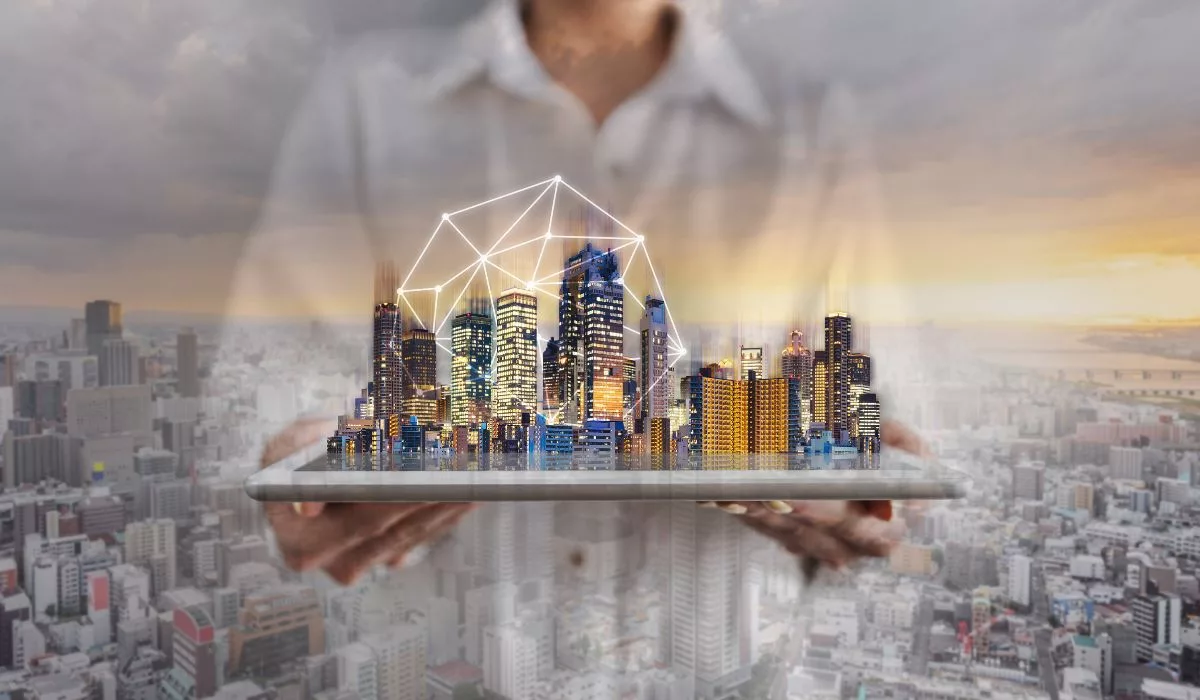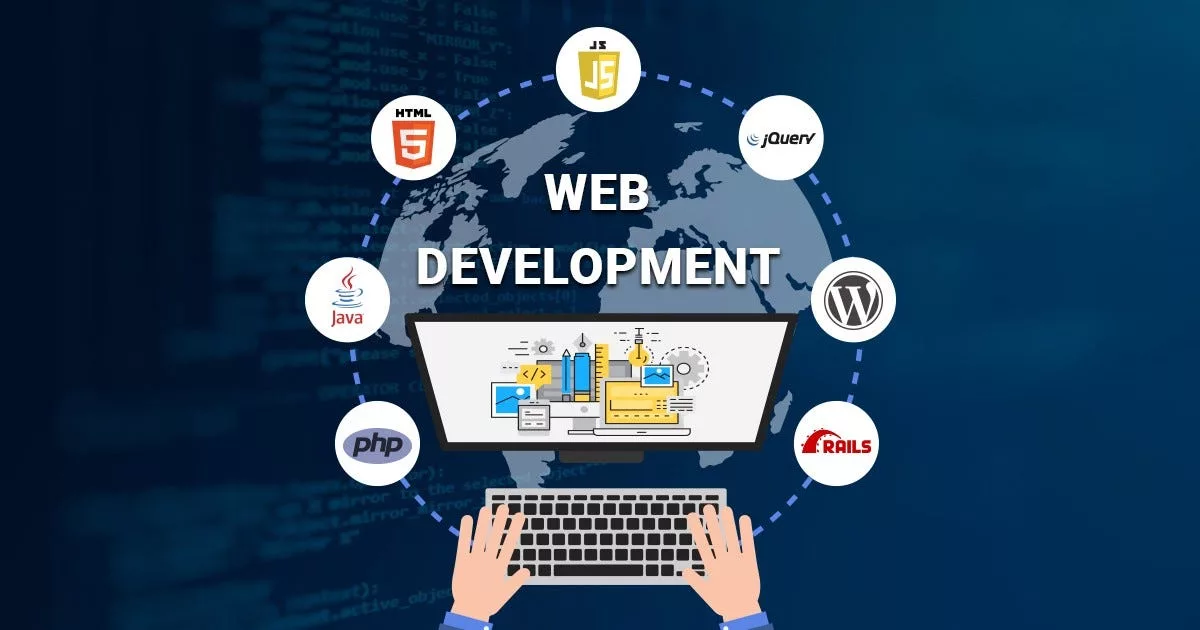Technology has emerged as a driving force for sustainability in real estate. With green real estate gaining popularity in the US, developers are keen to adopt it. That’s the best way to make your business future-ready and capitalize on the demand for sustainable properties.
The big question here is: how does technology fuel the sustainability trend for the construction process? You will be surprised by the sheer number and impact of technology solutions for real estate business owners. Here are the ones worth embracing to build a green business.
Smart sensors
Consider buildings that respond intuitively to their surroundings, reducing energy consumption and increasing occupant comfort. Smart sensors are leading the revolution. These tiny powerhouses collect data in real time on factors such as occupancy, temperature, and lighting usage.
Buildings can adjust systems to minimize waste and create an energy-efficient ecosystem by analyzing this data. Smart sensors lay the groundwork for a greener, more sustainable real estate landscape. So integrating them into your projects is a great idea.
Solar roofing
Solar roofing is essential to sustainable real estate because it harnesses solar power. Solar panels integrated into rooftops convert sunlight into electricity. They also provide an on-site renewable energy source that reduces reliance on non-renewable power grids.
Solar roofing can also result in significant cost savings over time. Therefore, it makes it an appealing investment for property owners. This technology reduces a building’s carbon footprint and contributes to a more resilient and energy-independent real estate portfolio.
Environmental due diligence platforms
Environmentally responsible projects are becoming increasingly crucial to developers and investors. Developers can also save time, stress, and money on penalties by adhering to the law.
Everything boils down to performing due diligence with processes like wetland delineations and environmental background checks. Fortunately, platforms for environmental due diligence simplify the process by using technology. They assess the potential risks and enable stakeholders to make informed decisions consistent with sustainability goals.
Building Information Modeling
BIM is changing the way buildings are designed, built, and managed. This technology generates a digital twin of a building. It allows stakeholders to see every detail before construction begins.
BIM also enables architects, engineers, contractors, and sustainability experts to collaborate more effectively. It contributes to more sustainable construction and operational practices by identifying potential inefficiencies early in the design phase.
Energy-efficiency solutions
The pursuit of sustainability in real estate also links to energy efficiency. Most buyers prefer them because they ensure long-term savings in utility bills and lower their carbon footprint.
Technology provides numerous solutions in this context. Advanced insulation materials and smart energy management systems are good examples. With these simple solutions and practices in place, building owners can reduce energy waste during peak usage times.
Conclusion
Real estate businesses are fast embracing sustainability, and the ones that don’t may fall short of buyer expectations. But embracing the green approach takes more than intention and mindset. Thankfully, technology can help you adopt sustainable building practices and keep your business on pace with the green real estate trend.










Leave a Reply